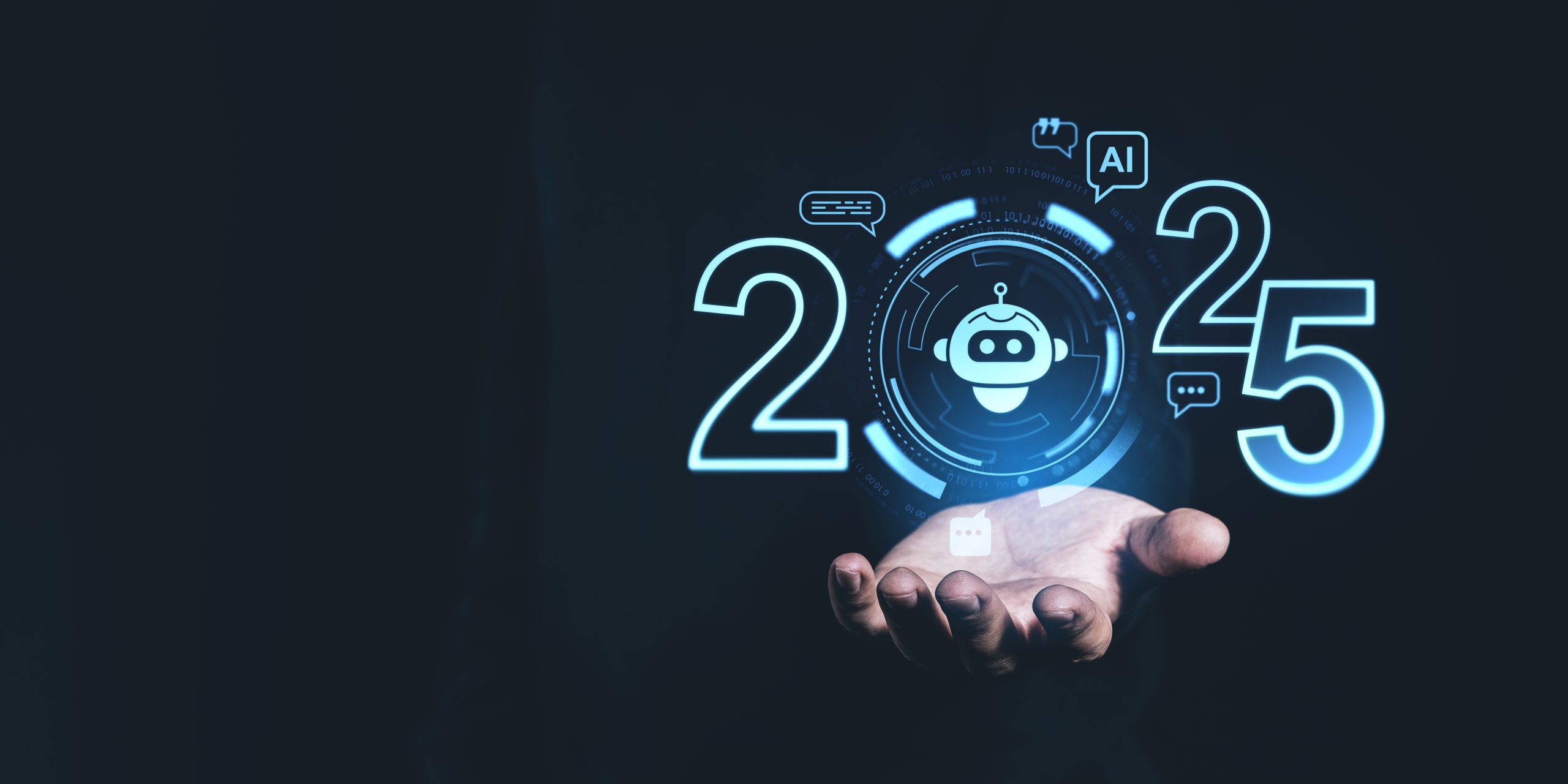5 Diversity Equity Inclusion events in the last 2 months and here’s what I learned…
Georgiana Barbanta is Portfolio Talent Manager at Octopus Ventures and has been anything but locked down when it comes to Diversity, Equity and Inclusion events. With the issue taking on a new urgency in every sector, here she distills her learnings.
Diversity comes in many forms, not all of them immediately obvious
When talking to CEOs, HR representatives and various business leaders, particularly in early stage companies, they all have different definitions of what diversity means within their organisation.
Dan Robertson from Vercida Consulting suggests that as we start to inject diversity into our company we have to think about what type of diversity we need. We know that diversity increases an organisation’s collective intelligence, but the reward process of diversity goes beyond those obvious characteristics like race, gender identity, religion, sexual orientation and disability. Cognitive differences based on thinking styles, personalities and different working patterns are one of the main ingredients that drive high performing teams.
Professor Scott Page of the University of Michigan has done some great research into diversity of thought and how it solves complex problems. I’ve included some of his talks and articles below, if you’re interested in learning more:
- Diversity, The Opportunity
- How Diversity Powers Team Performance
- Why the best people don’t mean the best teams
A sense of belonging is important
By now we are all familiar with the correlation between high levels of diversity, particularly at the executive level, and organisational profitability. Unfortunately, most experts agree that when companies start implementing their DEI initiatives, they miss a trick: they are heavy on diversity but light on inclusivity or a sense of belonging.
Google ran a 2 year programme, called Project Aristotle to determine the dynamics of high performance across 180 teams. They identified 5 key factors that directly contribute to high performance, one of them being psychological safety. This is essentially about how much risk team members perceive and the consequences they believe they may face when asking a question, suggesting a new idea, or owning up to a problem.
If organisations create a sense of psychological safety for their colleagues this eventually creates an uptake in collaboration, employee engagement, motivation and yes… innovation. To do their best work people need an element of belonging, psychological safety and getting their voice heard. Occasional challenges to the status quo are what make businesses successful, so there is no point in bringing a bunch of diverse people into your orgasanition if we are not going to listen to what they have to say.
Strategic alignment between diversity and inclusivity is what will make our organisations thrive.
Diversity solves your most complex problems
Up to this point I’ve quoted experts and studies, so I think it’s time for a story. This one involves Netflix, which is only fair given that they’ve kept us entertained during these difficult past few months.
More than 10 years ago, Netflix built their internal algorithm that predicts how much users were going to like a movie. They also launched a competition saying that if you could beat their algorithm by 10% they would give you a million dollars. Naturally the best and brightest computer scientists and machine learning engineers in the world signed up for the challenge and started to build these predictive models based on movie attributes.
The early leader in this competition was a team called Bellkor who in two years built an algorithmic model that could beat Netflix by 8.4%. Great effort, but not there yet. So they decided that if the brightest people in the world couldn’t rise up to the challenge then perhaps throwing some diversity of thought into the mix would do the trick. This led to Bellkor partnering with teams from various places in the competition that weren’t great at building predictive models but that had great behavioural insights into how users rated movies – like the fact that if users rated a poor quality movie like “Snakes on a Plane” immediately after they had watched it, they would give it a higher rating than if they were to wait for a few days. Essentially they were saying that these movies are a lot like tequila shots: immediately after we’ve had one, it seems pretty good… if we wait until the next morning, not so much.
When they combined the models, they got to 10.1%. Unfortunately for Bellkor, all the other teams that weren’t nowhere close to solving the problem also ended up combining their models and this new team called The Ensemble (22 teams from 30 countries), also got to 10%. Bellkor and the Ensemble ended up submitting their final data within 22 minutes of each other and it was a tie, both beating Netflix’s algorithm by 10.6%.
The beauty of this whole contest is that it cascaded on Netflix. They were expecting to find the best data scientist in the world and instead diversity broke out. The solution turned out to be combining diverse ideas and the only way any of the teams could get to the 10% was by putting diverse minds to it.
The learning here is to not be afraid to bring people who think differently in the room. Then make them feel safe enough to share their “models”. If the problem is complex, the best team does not consist of the best individual performers, and we absolutely need diverse perspectives in order to solve the problem and innovate on its solutions.
The tech industry is particularly guilty of saying they are unable to attract diverse talent, due to lack of pipelines, but as it turns out, they are the ones that need it the most on their journey to build path breaking new products. By injecting diversity of thought into our business early on, we could build better, more effective, more diverse product or service offerings and catch-up really fast with businesses that have been ruling in our sector for years.
Building a diverse pipeline is just the beginning
When it comes to attracting a diverse audience, job descriptions matter, so we should make sure we get the basics right by:
- Committing to equal opportunities. This may seem simple, but it can be quite impactful, especially if the statement of diversity, equity and inclusion stems from our core organisational values.
- Using inclusive language to avoid deterring applicants. For instance words such as “competitive,” or “leader” are associated with male stereotypes. Equally people of colour seem to think that their opinion won’t be valued within organisations who use the world “stakeholder” excessively in their job descriptions (source). These are just a few examples, there are a couple of great content analysis tools such as Textio that could make our job descriptions more appealing to a broader audience.
Unfortunately, great job descriptions alone are not a magical all encompassing solution. If we really want to move the needle we should take a proactive diversity approach to sourcing by:
- Including terms like “she” and “her” and variations on “women”, “ladies”, “girls” and even common female names in search strings.
- Playing around with sections such as “year of graduation”, “seniority” and “years of experience” to make sure we access a wider age range of talent that includes people in their 50s or 60s.
- Reaching out to movements and initiatives like Latino Professionals, Blacks In Technology and Blacks Gone Geek.
Now that we’ve built some great pipelines of diverse candidates, we should make sure we give them the best chance of getting hired and increase the level of objectivity in our selection process by:
- Ensuring candidates meet diverse employees in terms of backgrounds, ethnicities and gender identities.
- Using scorecards to assess candidates at each stage of the selection process to ensure that we run an objective recruitment process. (If you are not sure how to do that, or you are not familiar with the concept of scorecards, we’ve created some useful resources to help guide you.)
- Being mindful of our own biases. Unfortunately we are neurologically wired to gravitate towards people who look like us, sound like us, etc, so there are lots of biases that play out through the selection process and beyond. For example, the affinity bias where we are more likely to put emotional weight around someone who went to a similar university, worked for a particular company that we respect, or has similar hobbies or interests to us. Another bias that can be particularly damaging to our DEI efforts is the confirmation bias where we form a first impression which becomes a viewpoint of how someone might perform in the interview. The brain then starts to skew towards favourable or less favourable impressions based on that viewpoint. The halo effect influences the way we perceive other people. It refers to the tendency for impressions of a person in one area to influence one’s opinions and feelings in other areas. For example, we often believe that good-looking people are more intelligent or competent than they actually are.
Creating an organisation with inclusion at the core
It all starts with our core beliefs, so we should use our values as a benchmark to decide on the policies and benefits we implement and the behaviours we reward in order to create a culture where everyone can be their best self.
If we want to relieve women of the burden of having to be the ones who always have to take career breaks due to childcare, we should implement ‘family-friendly’ policies such as equal maternity and paternity leave. Organisations looking to embrace a culture of high flexibility where parents, minority groups and people with disabilities can work in a way that makes sense for them and matches their productive streaks, should allow for a higher degree of flexible working.
We should be mindful of the fact that our organisational culture evolves and we should try and balance organisational fit with diversity. The worst thing we could do to highly engaged individuals with great diversity of thought is to force them to “conform” by stripping them of their most creative ideas. Too much similarity in an organisation increases conformity, echo-chambers and collective blind spots, so we should balance that out in our organisations with a healthy level of creative conflict.
We should remember that managers play a huge role in shaping inclusive behaviours into our organisations so we should bring in people with high emotional EQ or seek to help our current teams improve theirs (allegedly EQ can be improved). Equally, we should hire/ reward managers that advocate for and run DEI initiatives. By doing so we have a better chance of creating a culture that breeds inclusivity.
We should be fair! This applies to project allocation, promotions, salary, L&D opportunities and the people and behaviours we support. Lowballing minorities who are relocating to work for our organisation on salary just because we can should never happen. People should be paid in line with our local employees. Equally, don’t pass up the chance to increase a woman’s salary to what she justly deserves just because “she is going into maternity soon and there’s no need to increase her salary to retain her, she won’t be looking for a new role now that she has a baby”.
A diverse and inclusive future
The message is, from all corners of the DEI world, that we will all benefit from stepping into a future where inclusion is a reality and not a struggle.














